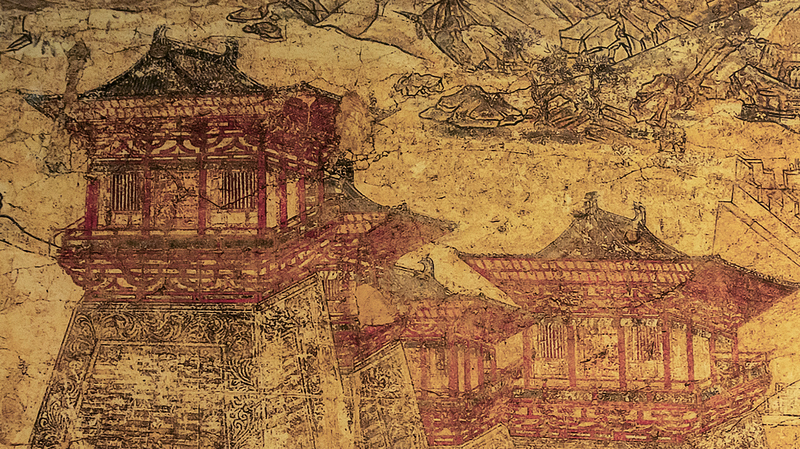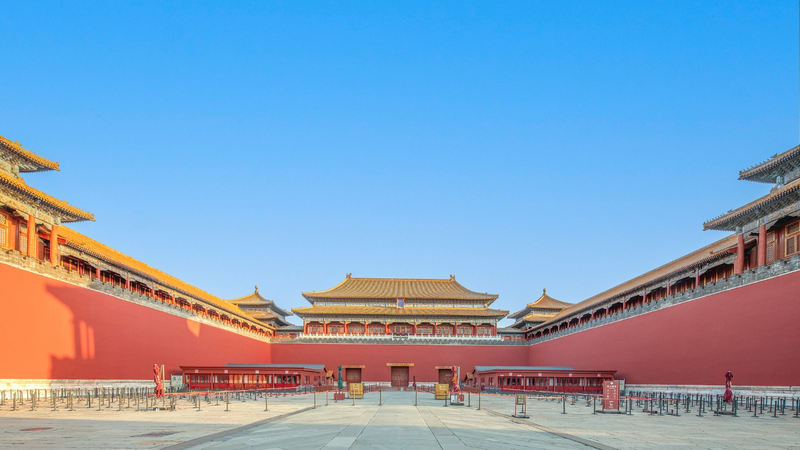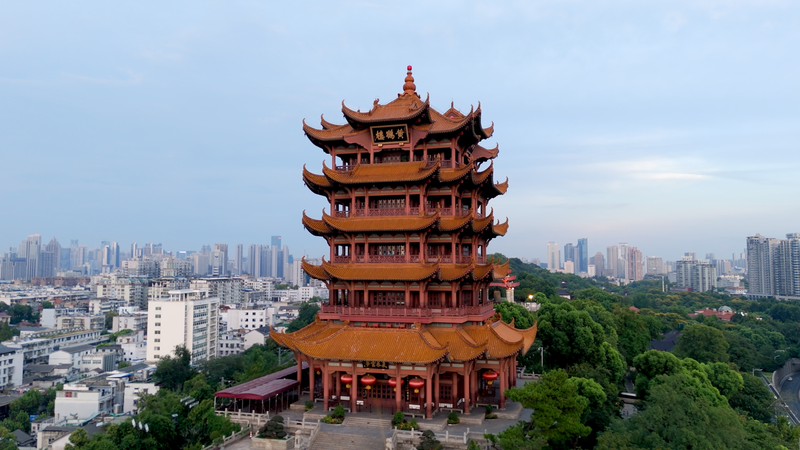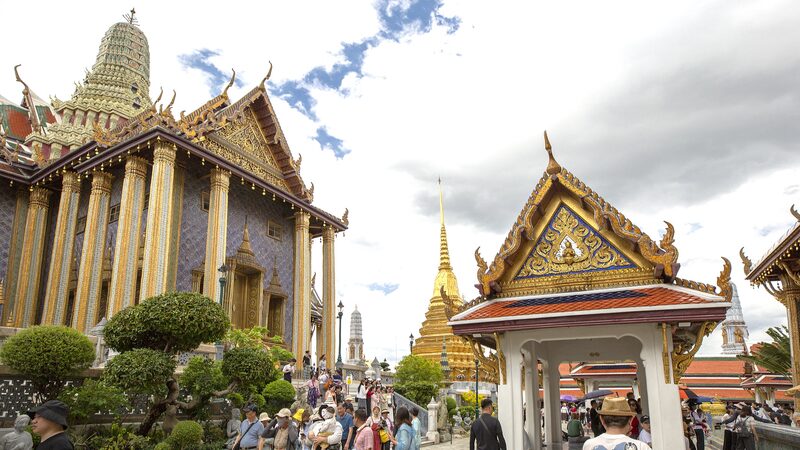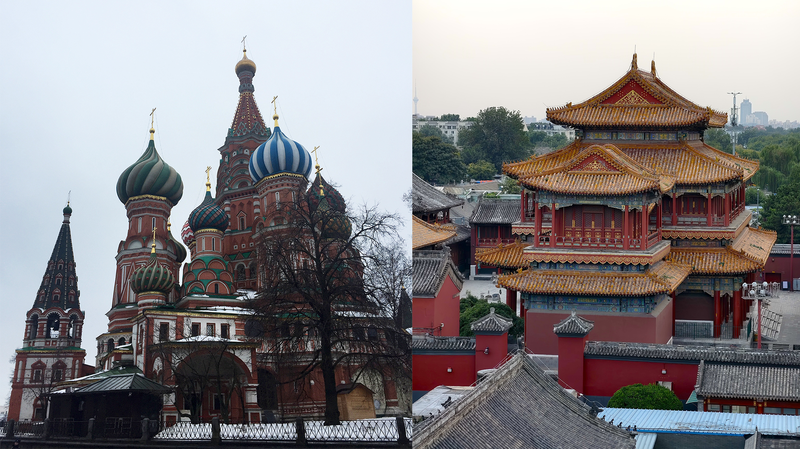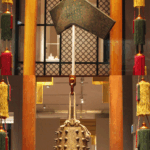Picture this: towering stone structures flanking grand palace gates, their intricate carvings telling stories of power and prestige. These are que—ancient China’s architectural icons that evolved from practical watchtowers to dazzling symbols of imperial authority. 🌟
Originally built for defense, que became the ultimate flex in ancient design. Imagine a VIP section at a concert, but for emperors: the most elite formations—mother-child que trios—were reserved exclusively for royal palaces and mausoleums. The central 'mother' tower stood tall, flanked by two smaller 'child' structures, a design shouting, 'This space is sacred—bow down!' 👑
These weren’t just pretty pillars. Like today’s luxury brands or flashy CEO offices, que marked social hierarchy. Solo towers signaled nobility, while complex setups screamed imperial clout. Talk about #PowerArchitecture!
Fun fact? Some que still stand today, offering Gen Z travelers a selfie-worthy glimpse into China’s regal past. 📸 Who knew ancient status symbols could be so Instagrammable?
Reference(s):
Guardians of power: The ceremonial role of que in ancient China
cgtn.com
